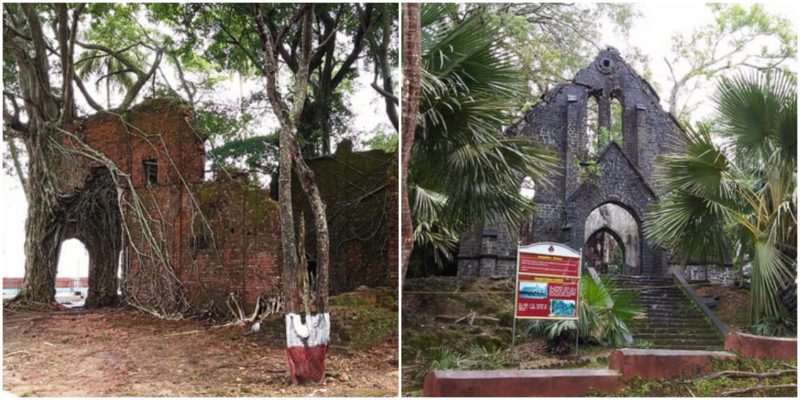Ross Island is a small island located in the Bay of Bengal. It is one of the Port Blair Islands, which are themselves part of a larger archipelago, the Andaman Islands. India lies to the west and Myanmar to the north and east.
Politically, it belongs to the South Andaman administrative district in the Indian union territory of Andaman and the Nicobar Islands, India. The island is situated at the entrance of the harbor of Port Blair, approximately 2 miles east of the urban center of the city of Port Blair, the capital of the Andaman and Nicobar Islands.
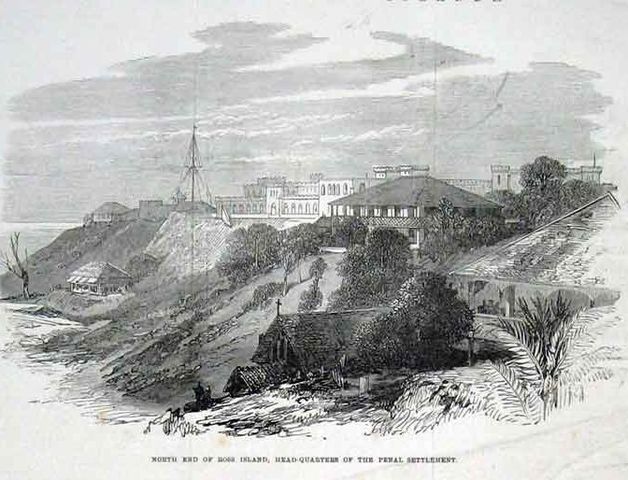
Although civilian settlements on Ross Island are not allowed by the Indian government, there are the remains of a deserted settlement constructed by the British colonialists that have been abandoned since the end of the World War II.
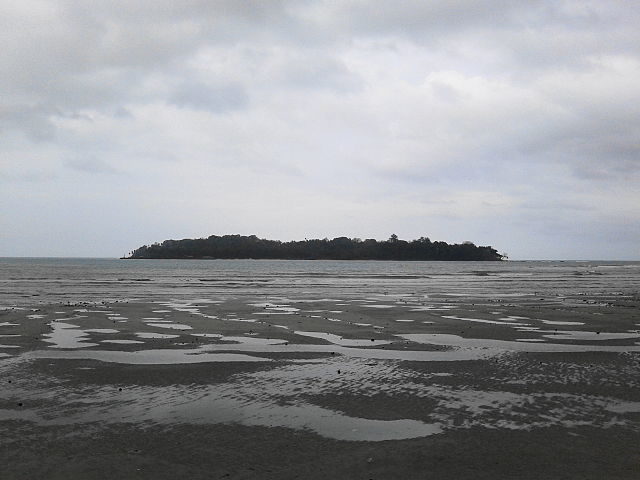
At its peak, it was called the “Paris of the East,” mostly because of its rich social life and tropical climate, but today, it is a lost city slowly being consumed by the jungle.
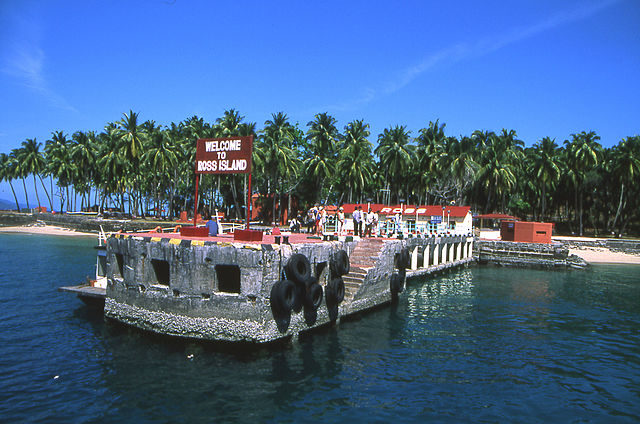
The island is named after Sir Daniel Ross, who was marine cartographer employed by the East India Company. The location was first populated in 1788/89, after Archibald Blair’s survey of the Andaman and Nicobar Islands in 1788.
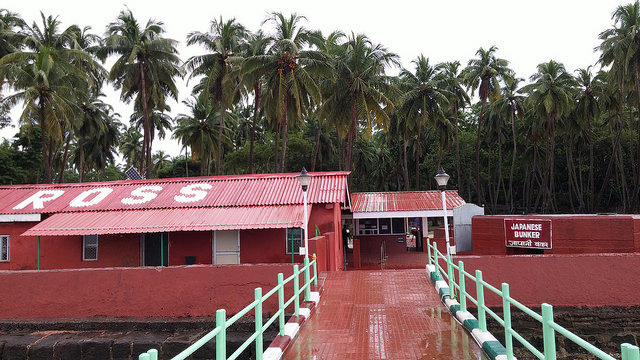
A settlement was already established at modern-day Port Blair. Between 1789 and 1792, a hospital and a sanatorium were erected at Ross Island. However, in 1796, the British abandoned the islands of the archipelago, primarily because of the high mortality rate and frequent outbreaks of disease.
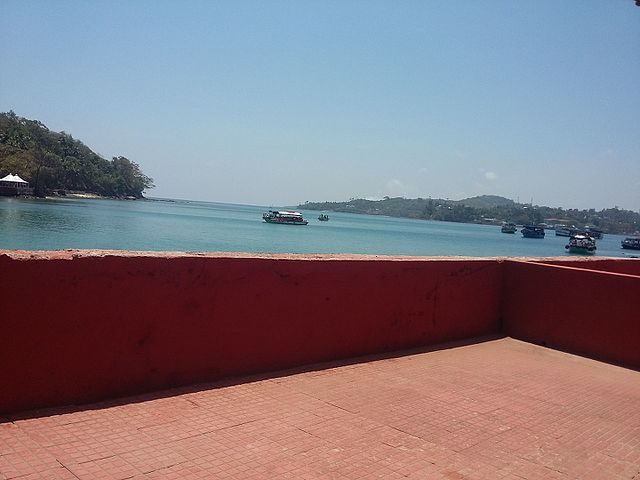
It was repopulated sixty years later when the British colonial government in India decided to build a convict settlement in the distant Andaman Islands. At first, it imprisoned a large number of rebels from the many Indian uprisings, especially from the Indian Rebellion of 1857, known as Indian Mutiny.
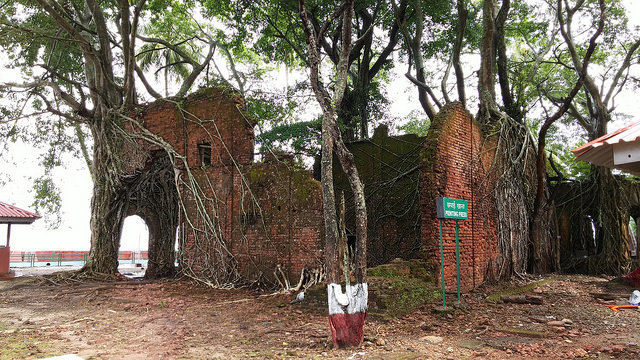
The island with other two islands near Port Blair was reoccupied by the British in January 1858.
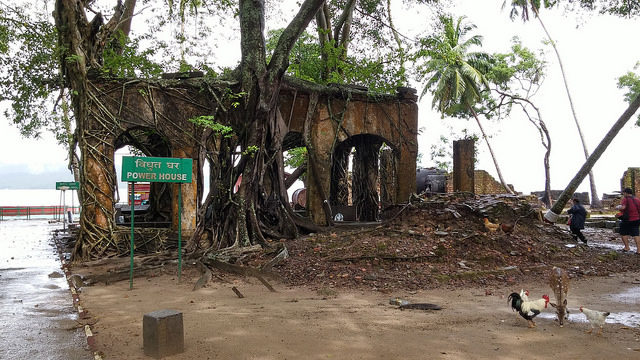
On the 10th of March 1858, Dr. James Pattison Walker arrived in Port Blair with the East India Company’s steam vessel “Semiramis”. He was jail superintendent and arrived there with four European officials, an Indian superintendent, two doctors, 50 naval guards and 773 rebels.
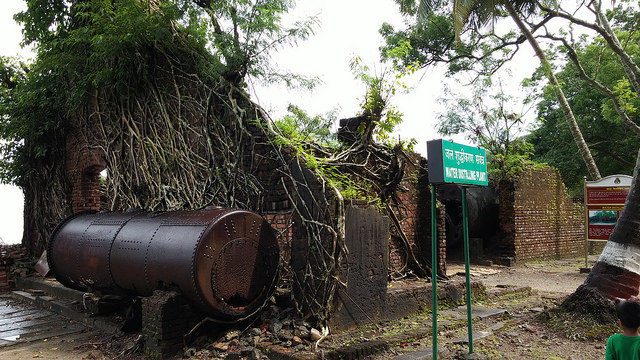
Based on his years of experience, he decided to build the prison on Ross Island, because the island had plenty sources of drinkable water. For the first few months, the prisoners were put into improvised barracks made of bamboo, while the rest of the group stayed in the ship. Thus the Ross Island Penal Colony was born on this site.
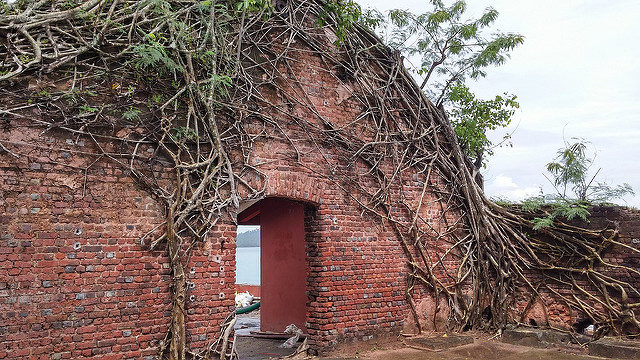
Most of the prisoners had died by 1860 because of illness and the harsh conditions during the early stages of the removal of the forest to build the colony. The authorities also decided to make the site an administrative center for the archipelago. The prisoners were forced to build barracks, houses, offices and other administrative structures at the penal colony. The headquarters of the Indian Prison settlement literally became a small town. Today at Ross Island, huge parts of these buildings remain as reminders of the British rule.
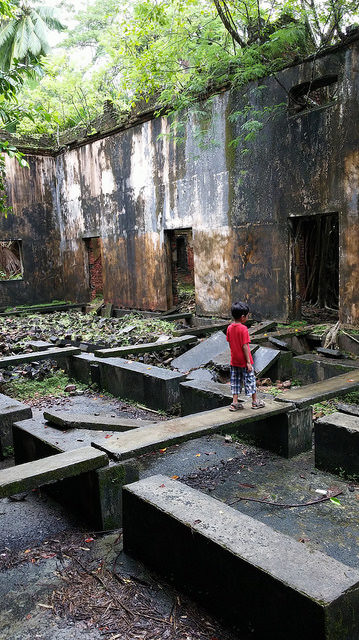
The residential structures are in ruins: the Bungalow or the Chief Commissioner’s residence (located to the north, at the highest point of the island), the Government House, which had Italian-style flooring (some remains are still there but in derelict condition) and the old Andamanese Home.
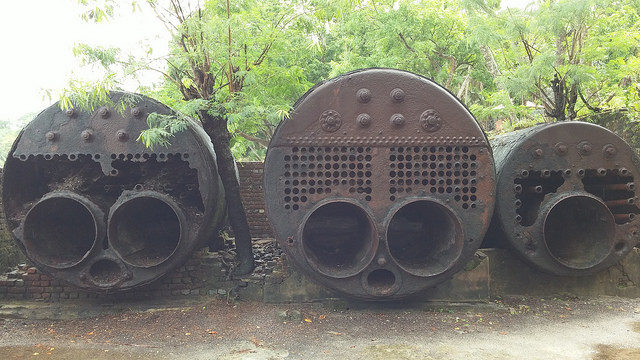
Still visible and very recognizable are the church, a bazaar, a large swimming pool and tennis court, a bakery and stores, a water treatment plant, a printing press, a hospital, a cemetery, and troop barracks, although all are in very bad condition and are gradually being overtaken by palm and coconut trees and the roots of Ficus plants.
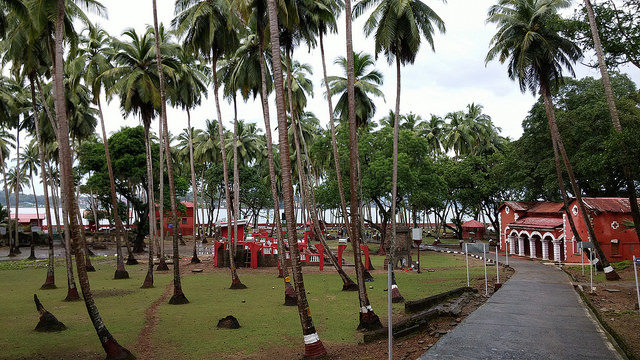
Penal transportation continued until the late 1930s, with a total of about 80,000 convicted criminals and 1,000 political prisoners being sent there. An earthquake in 1941 left the buildings of the island seriously damaged and many of the British left the island. In March 1942, Japanese forces took control of the island and released the remaining prisoners.
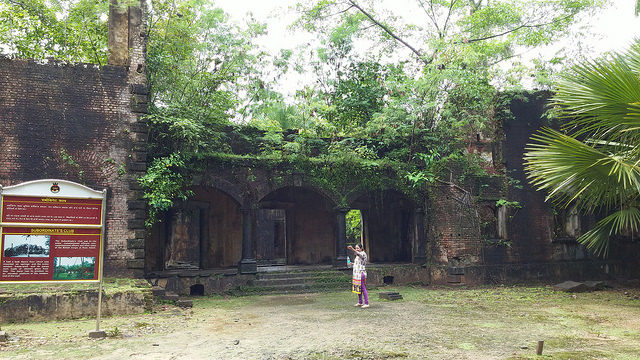
Under Japanese rule, many of the administrative buildings were destroyed, but the structures in the prison colony were left untouched. The Japanese built bunkers that served as watchtowers to guard the island from invasion.
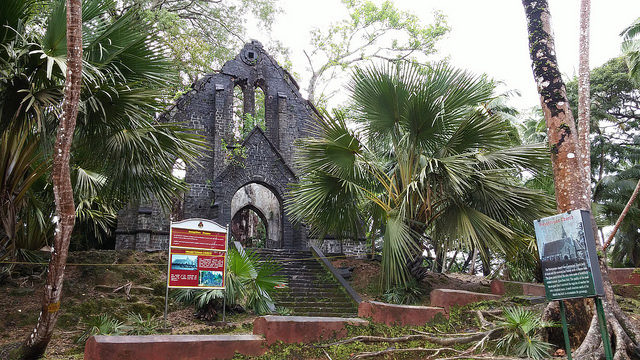
After the war, the island was again under the control of the British, but soon they abandoned it. The prison colony was officially closed in 1945 and the headquarters were moved to Port Blair.
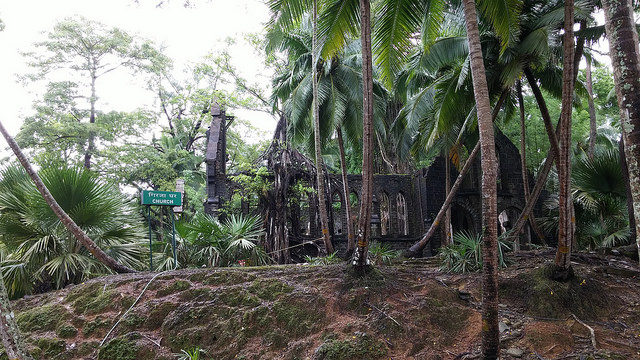
Ross Island was transferred to the Indian government in 1979, when India declared independence. During WWII and until 1979, Ross Island was completely abandoned. Since 1979 there has been a small Indian Navy base, but civilian settlements are forbidden. There are organized visits to the island and it is closed to tourists at night.
